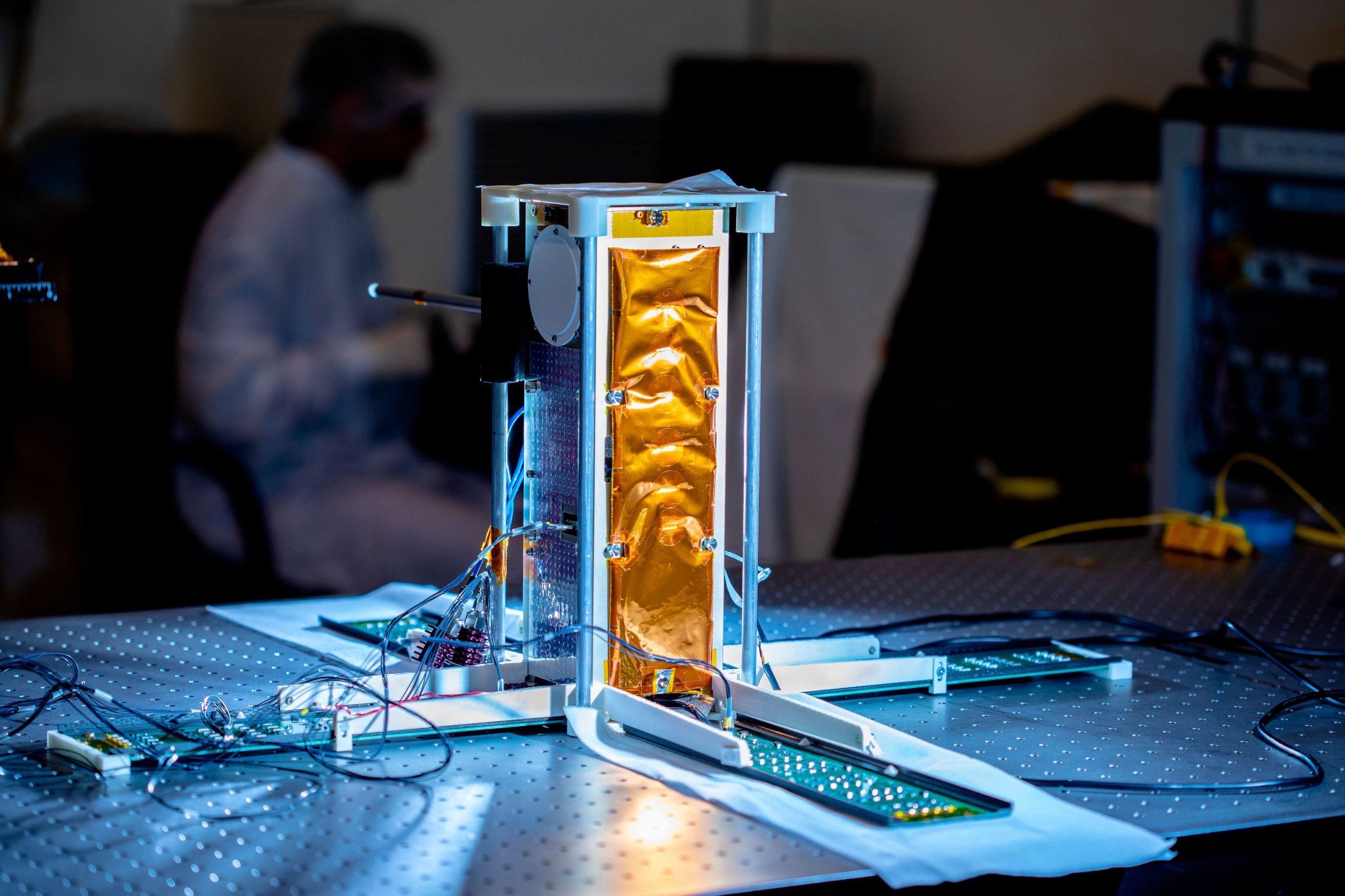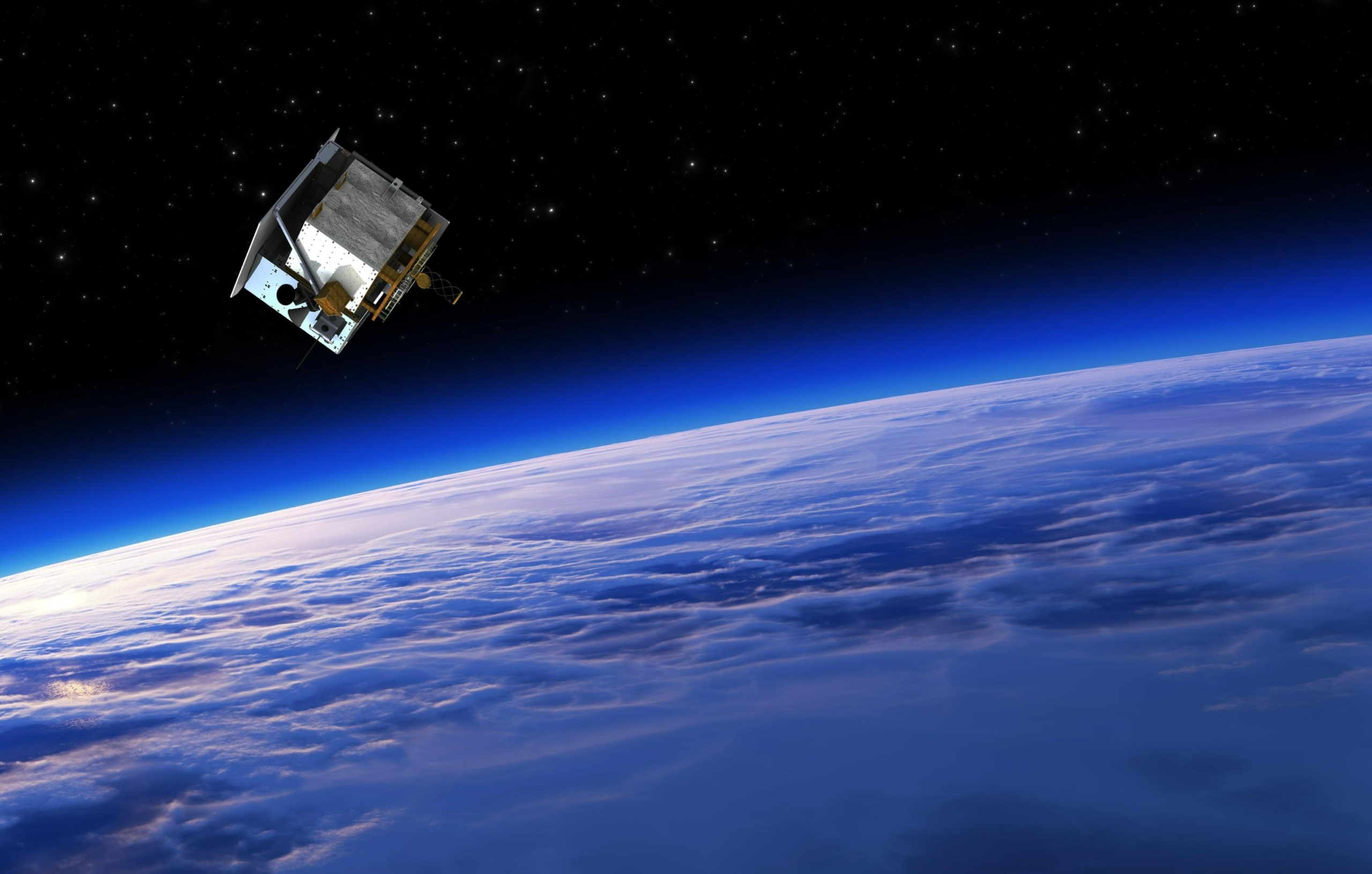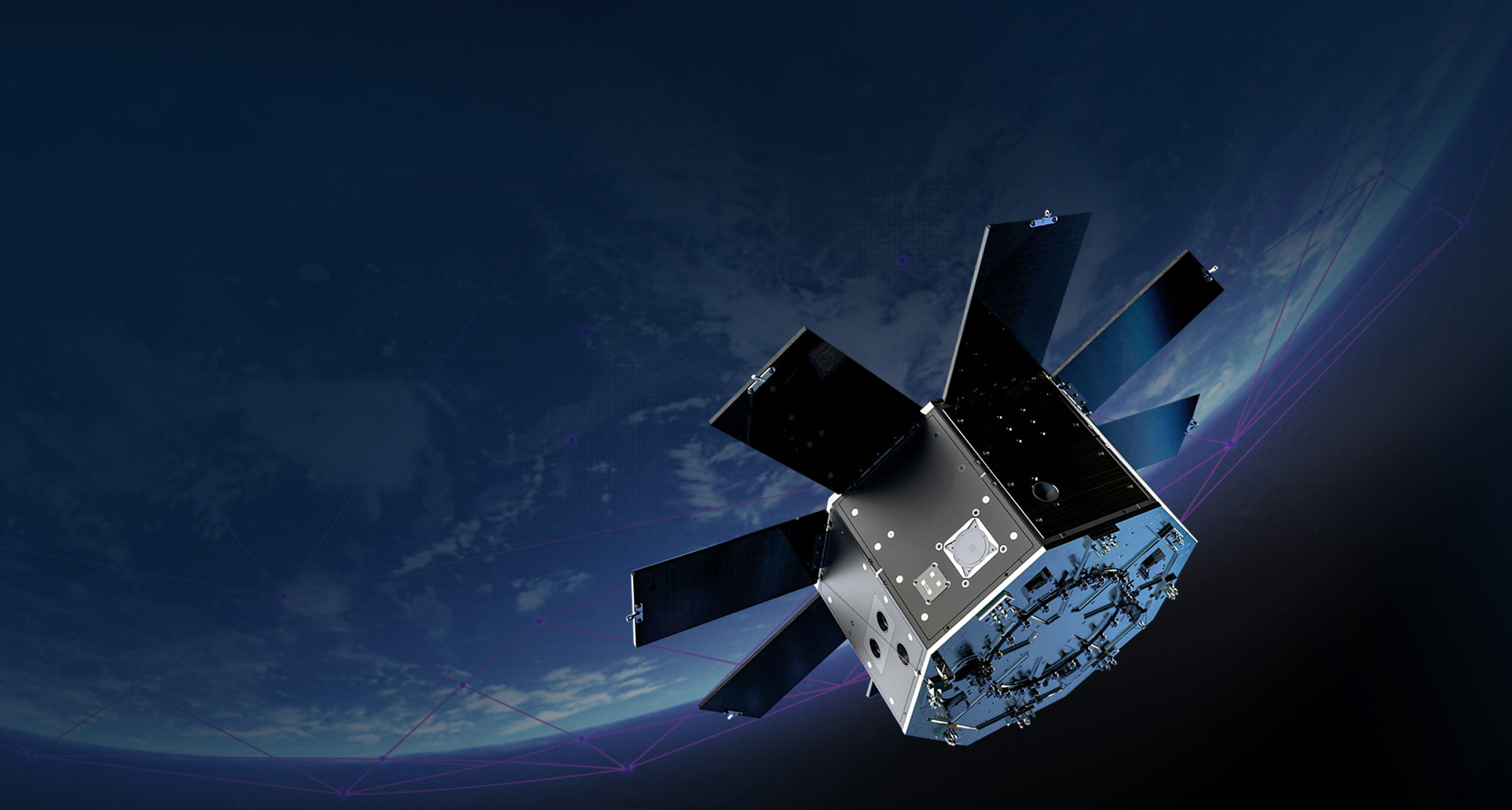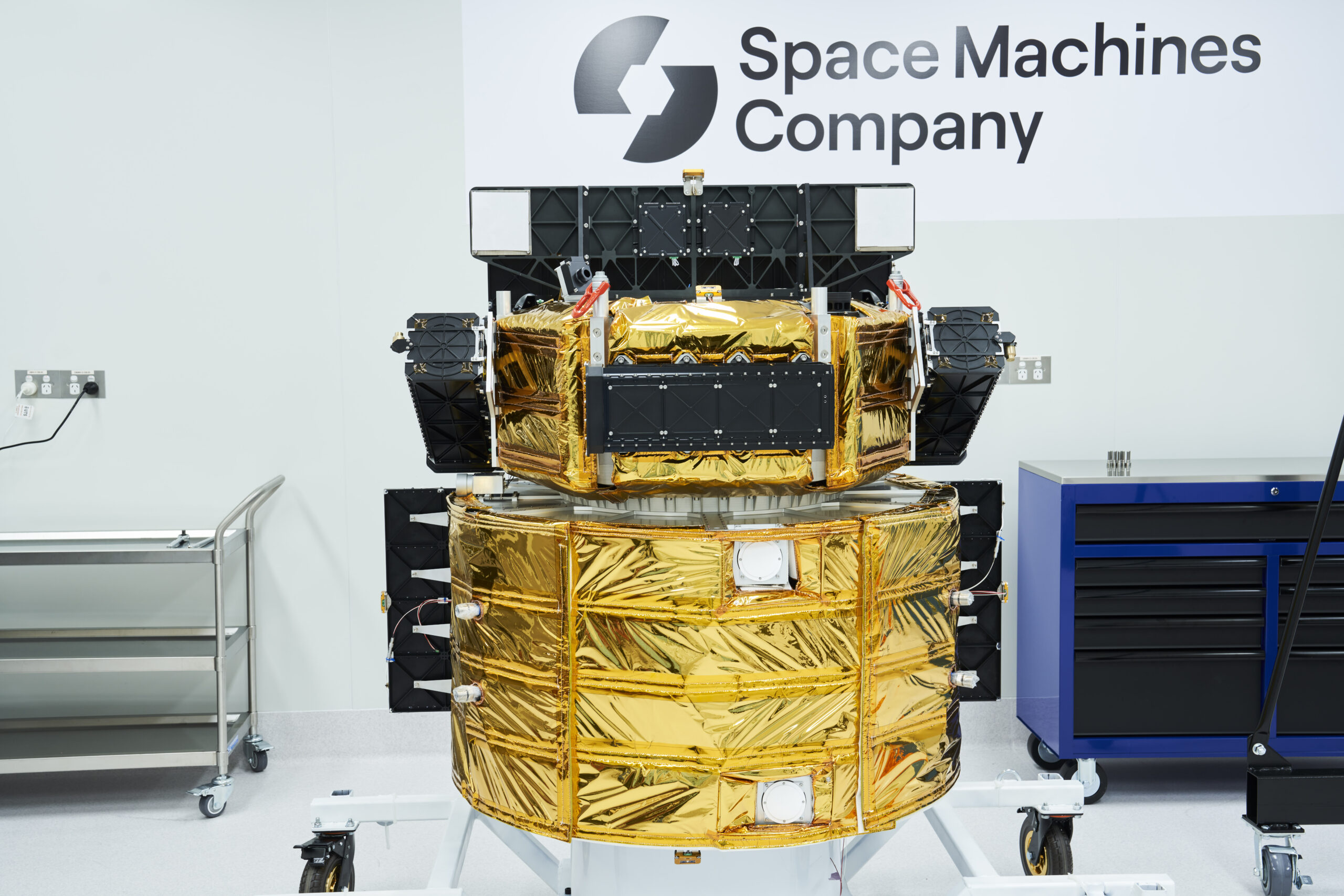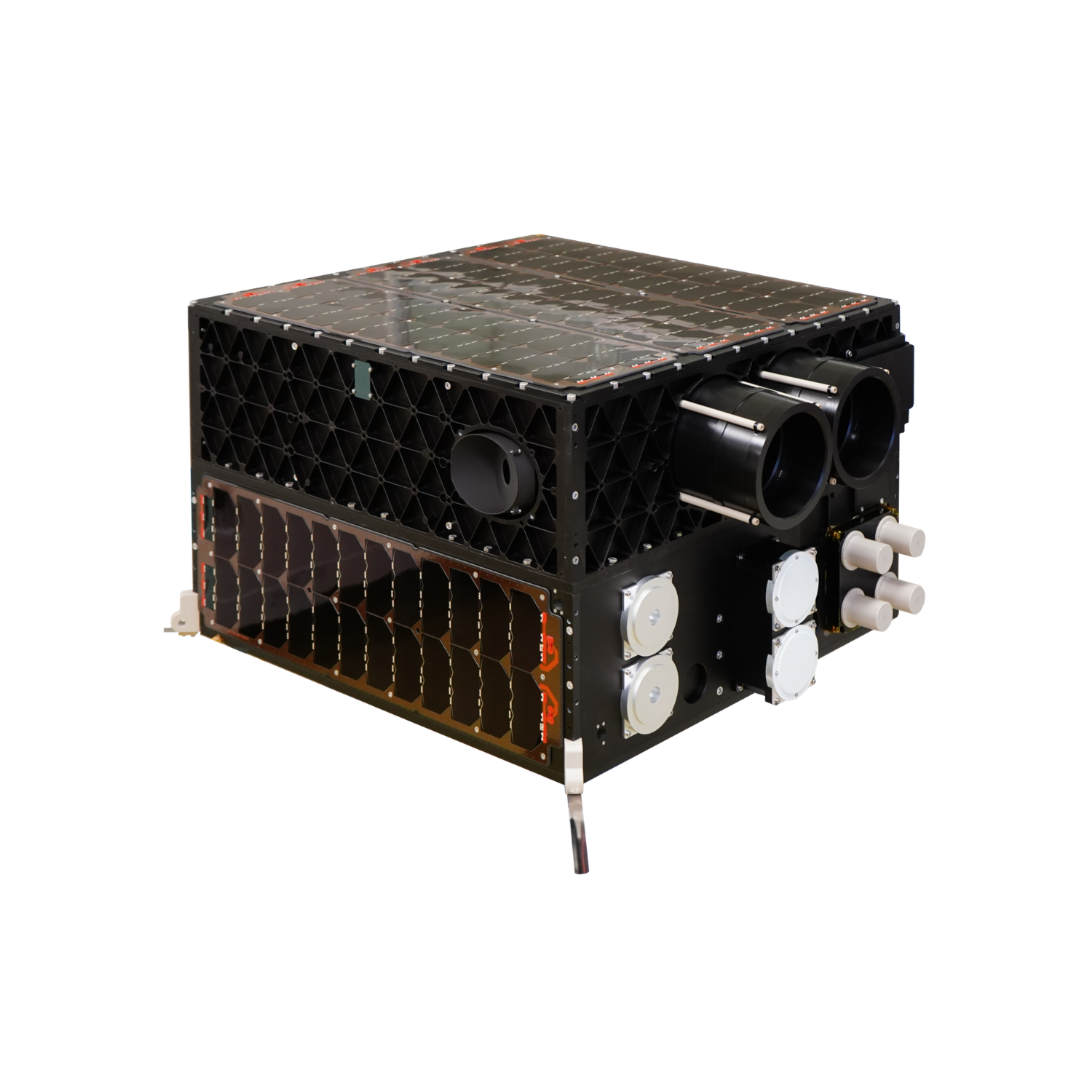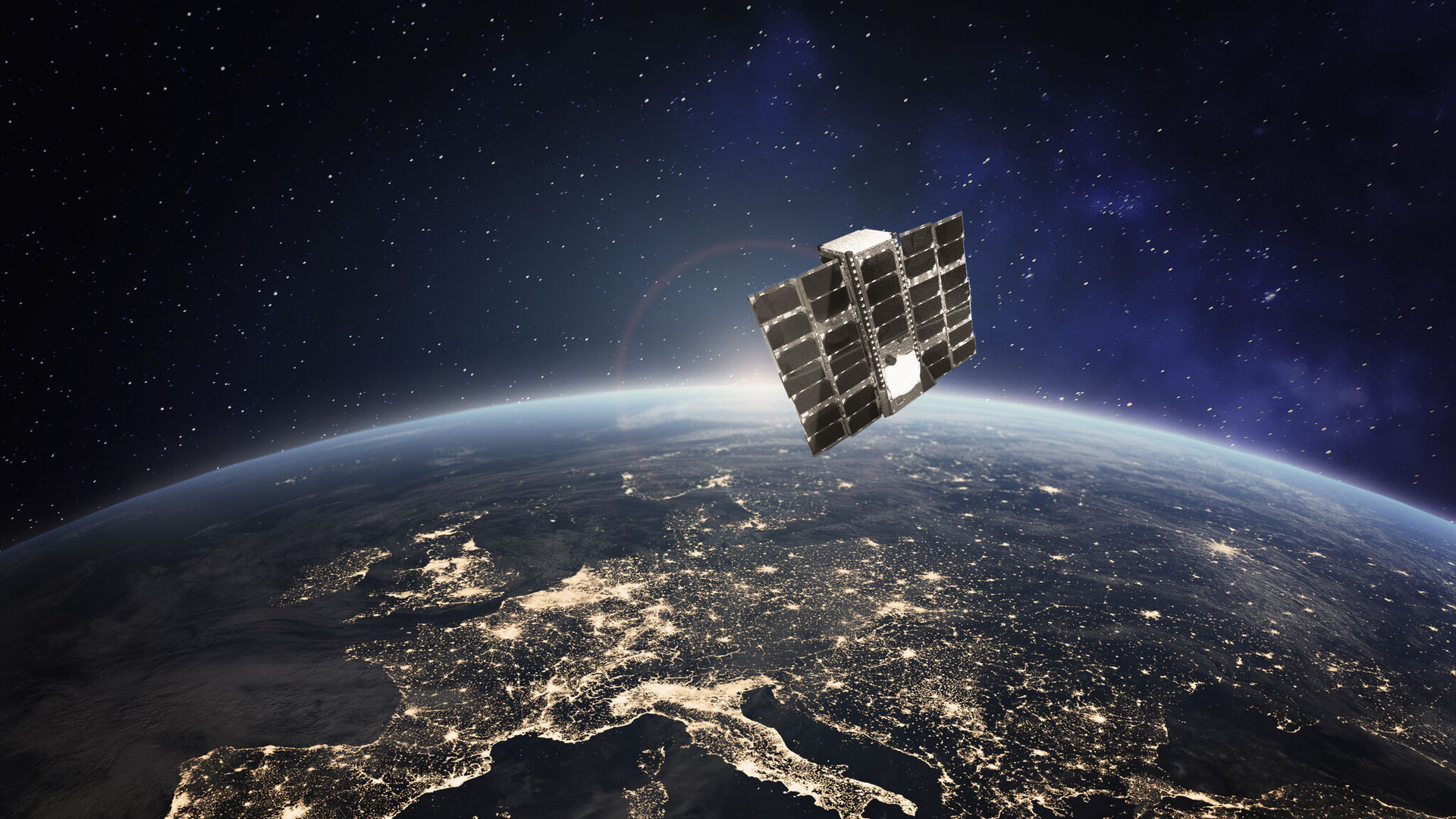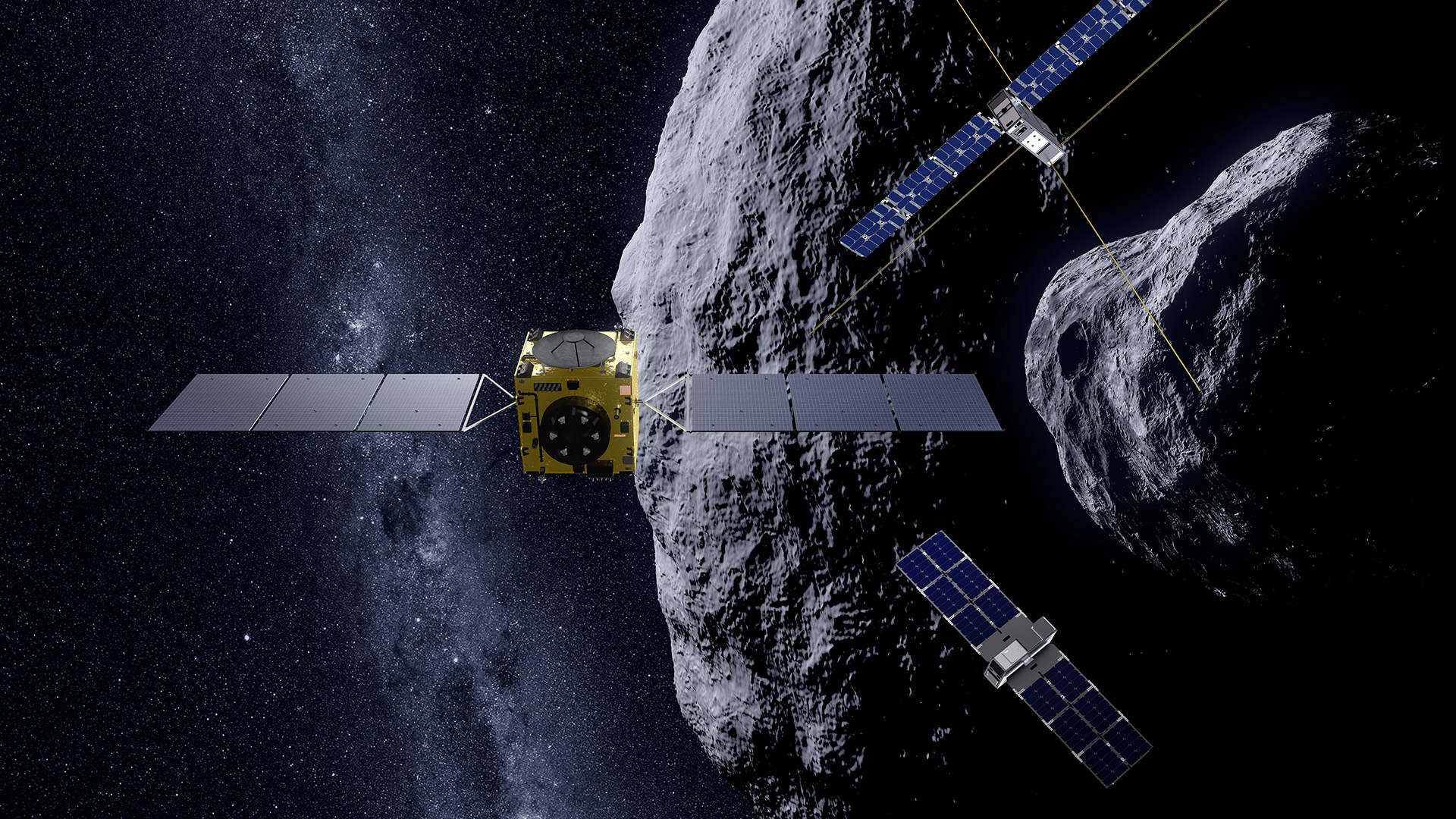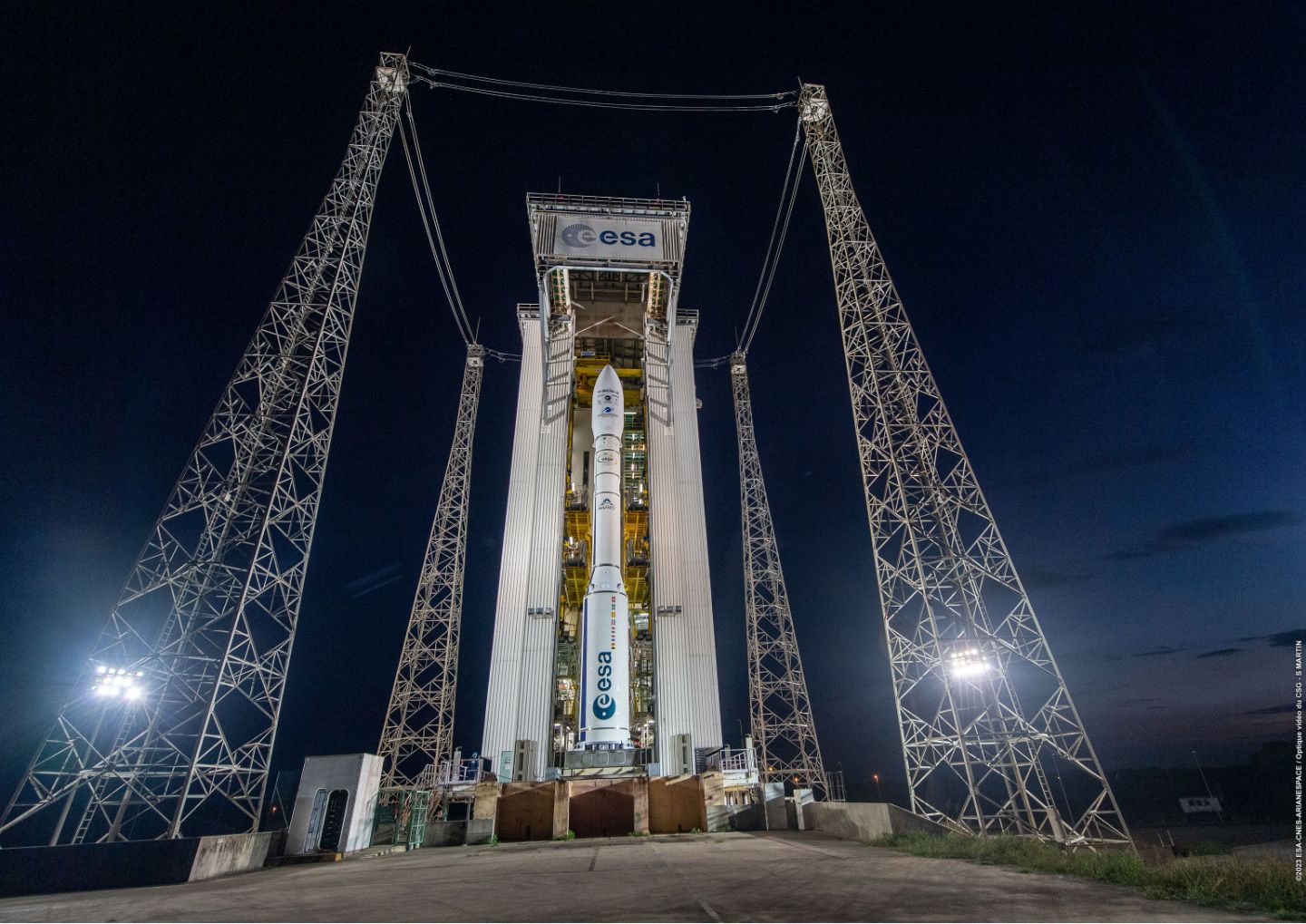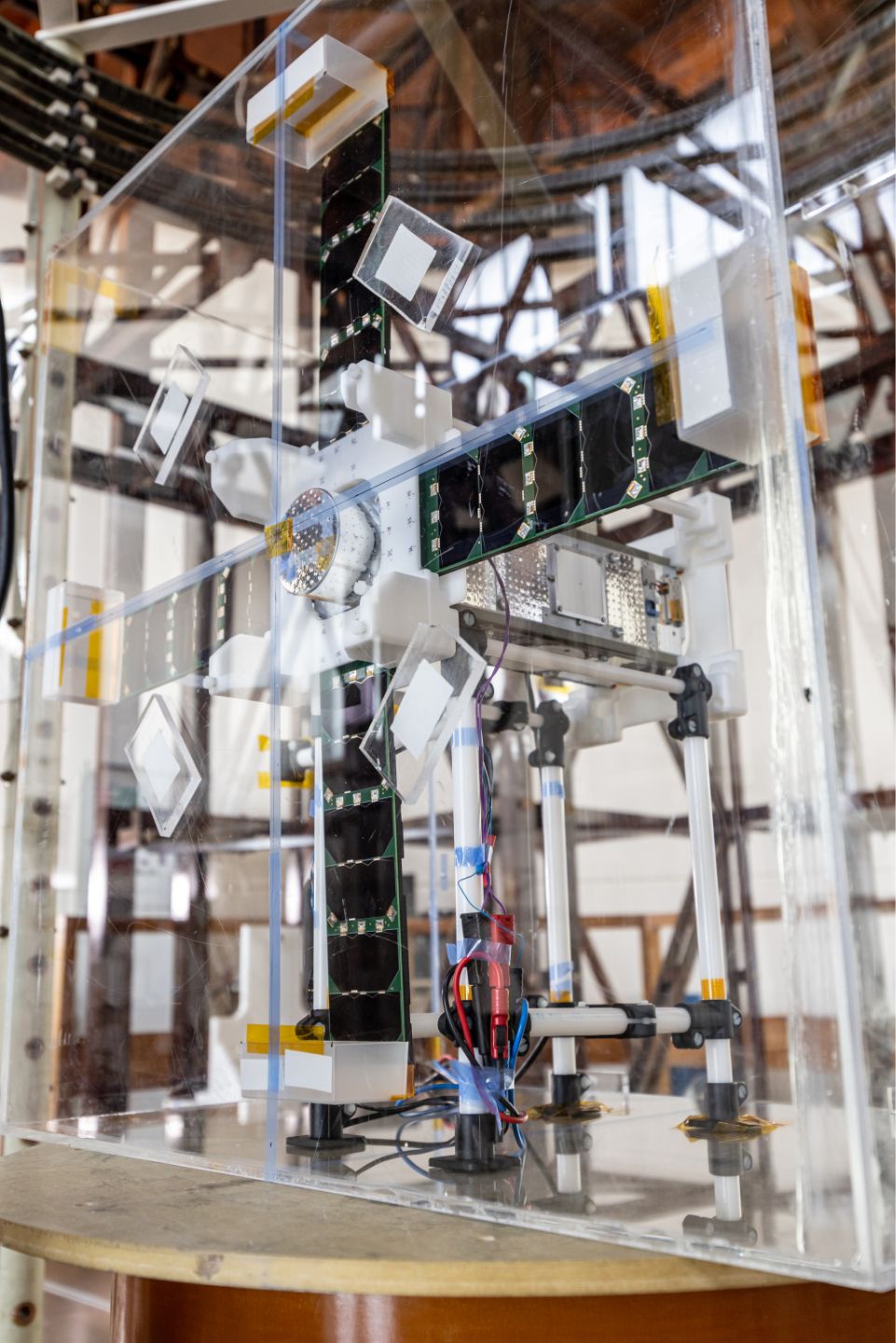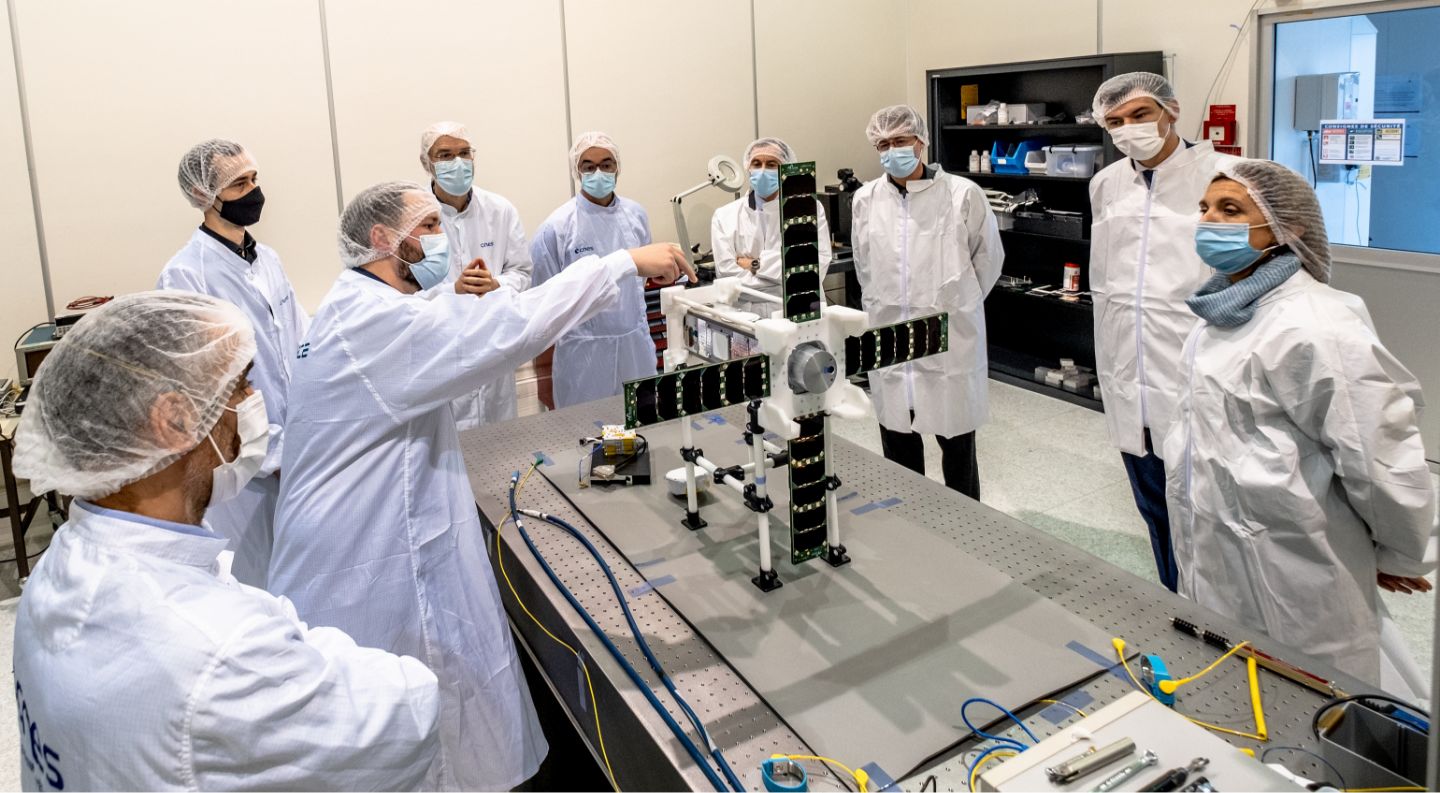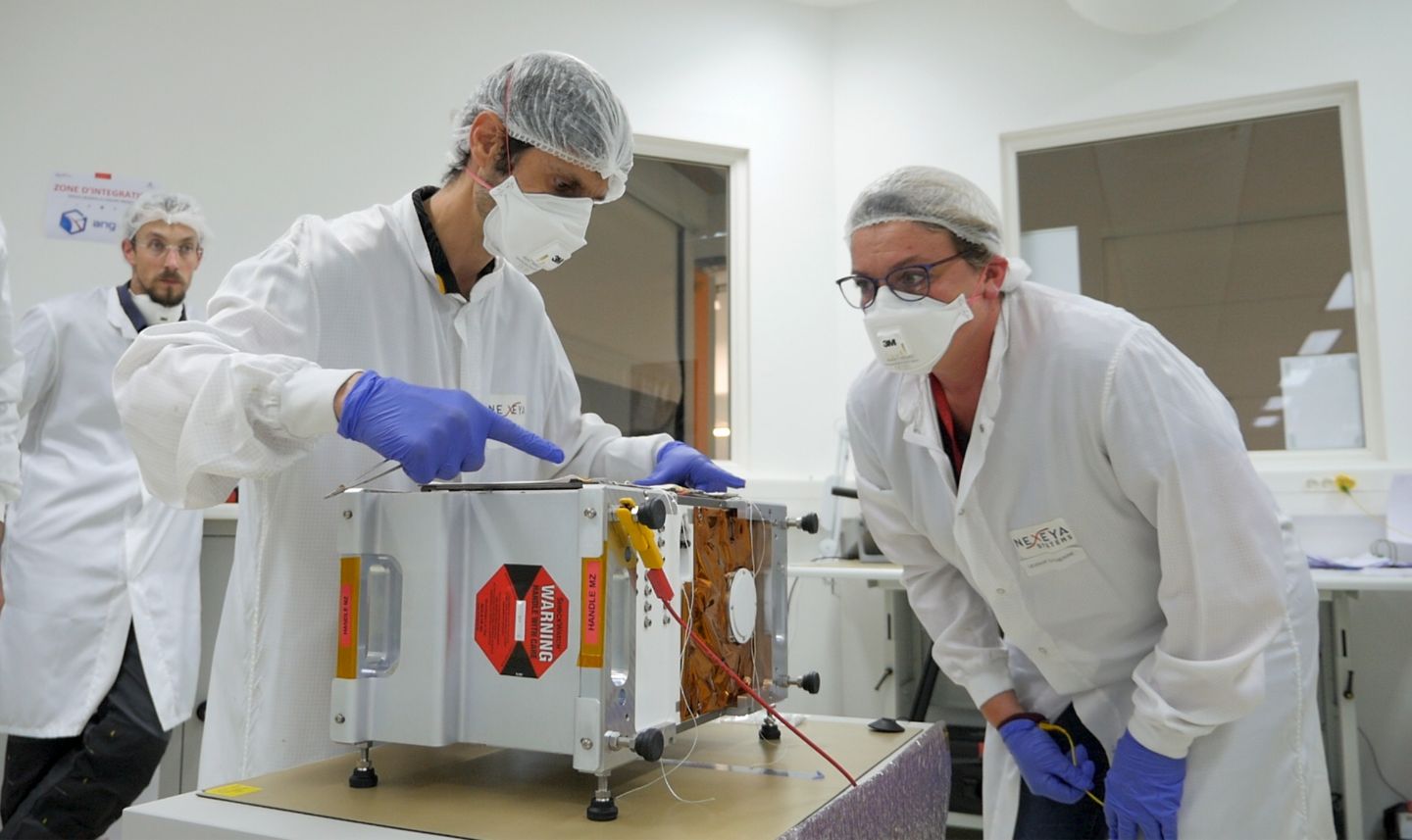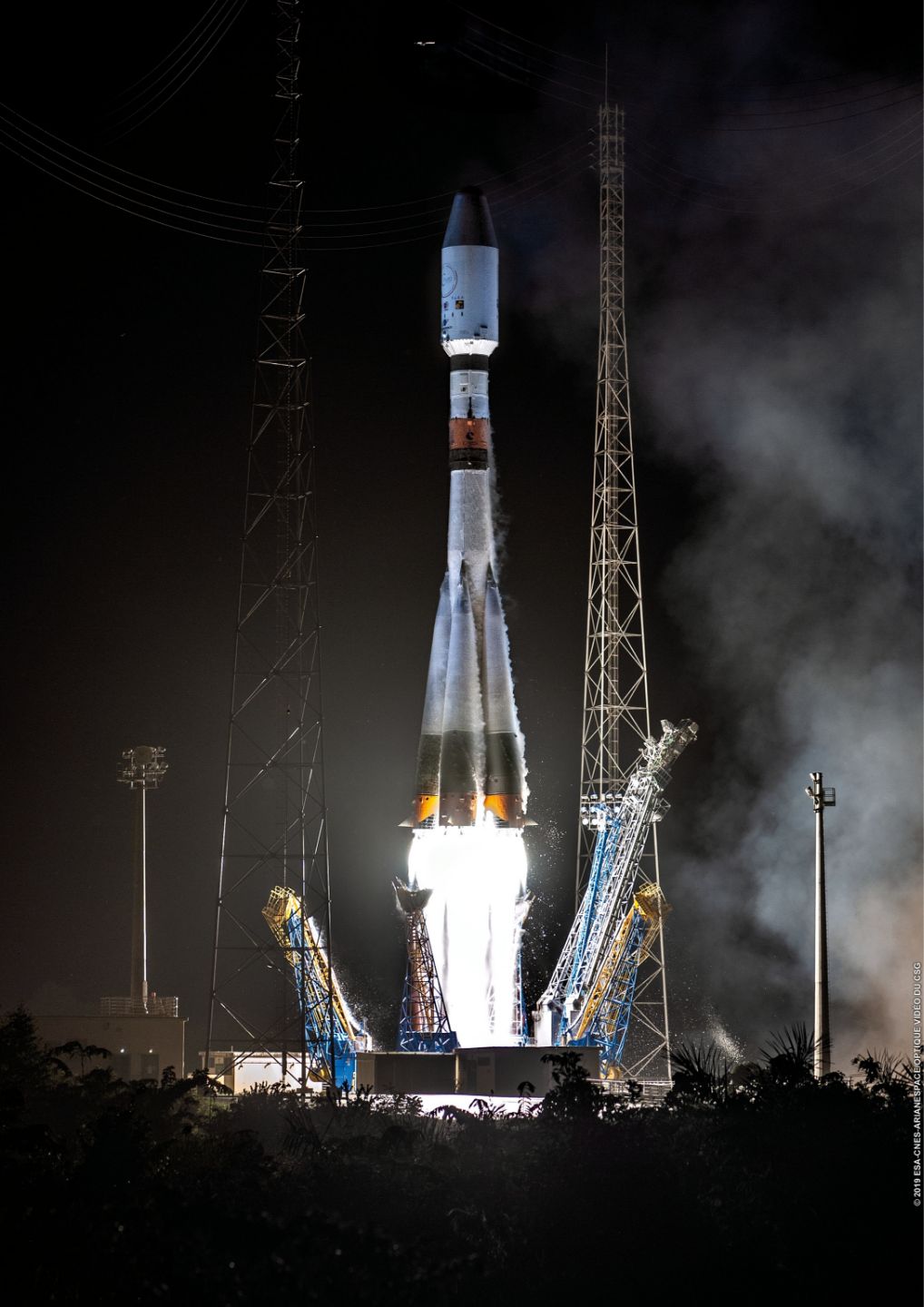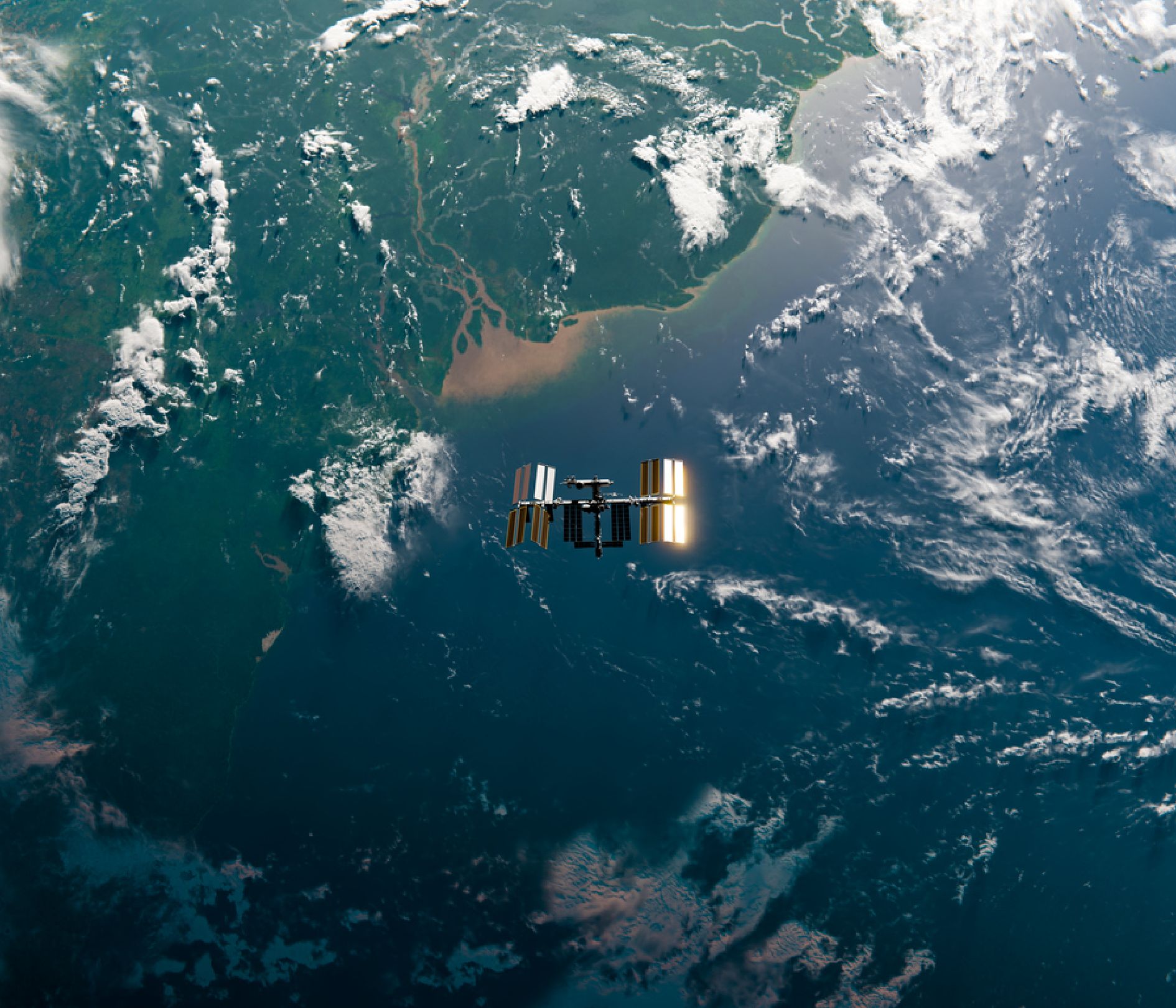Our Flight Heritage

Deep-rooted Synergy: The CNES and Anywaves Partnership
The relationship between Anywaves and CNES (Centre National d’Études Spatiales) stands as a testament to a robust partnership between space industry pioneers and innovators.
Founded by Nicolas Capet, who, since 2010, played a pivotal role at CNES’s Telecom Division, Anywaves has roots deeply intertwined with the national space agency. Capet’s tenure at CNES saw him leading antenna innovations, heading the antenna developments for the ATHENA program, and supervising pivotal R&D and Ph.D. projects.
This collaboration has been further enriched with joint ventures on missions such as EYESAT, ANGELS, and N3SS, and groundbreaking projects in Reflectarray technology, deployable helix, and more.
With joint achievements like the S-Band and X-Band antennas flown on EYESAT and ANGELS, and Anywaves’ recognition through the CNES Advance label, their alliance showcases the potential of harmonizing heritage expertise with cutting-edge innovation in space technology.



Anywaves and ESA: A Collaborative History
Anywaves’ relationship with the European Space Agency (ESA) began early in its history, with its initial incubation at the ESA Business Incubation Centre (ESA BIC) South France between July 2017 and May 2018.
During this period, Anywaves secured its first contract with the ESA Innovation Triangle Initiative for 3D printed substrate tests and qualification and proceeded to sell its first S-band antenna model.
Following this incubation, Anywaves worked closely with the Electromagnetism & Navigation R&D department at the Ecole Nationale de l’Aviation Civile (ENAC) for 16 months.
Over time, multiple collaborative projects emerged, such as the GNSS All Bands design under ESA’s NAVISP program and the development of the GNSS L1/E1 Antenna with an innovative ceramic pattern. As an alumnus of ESA Space Solutions, Anywaves has consistently collaborated with ESA on various missions and projects, one of which includes the GOMX-5 mission.
Expected to launch in 2023, GOMX-5 is a 12U CubeSat operated by GomSpace and funded by ESA. This 5-year mission aims to demonstrate new nanosatellite capabilities involving communication and maneuverability.
Skyward Partners: Our Antenna's Launch Vehicles


How Can We Help?
We look forward to hearing from you
